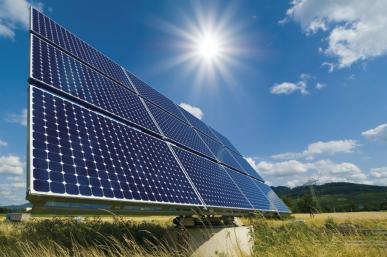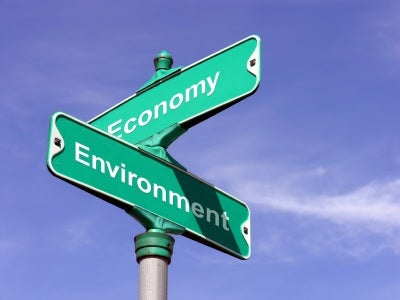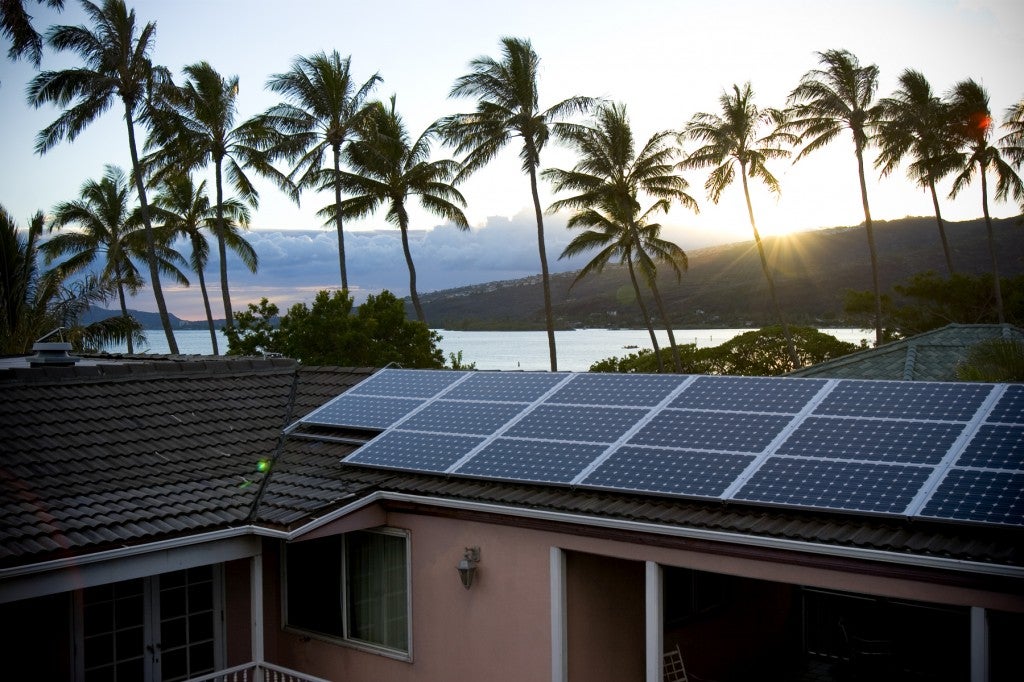 Last week, Connecticut’s Clean Energy Finance and Investment Authority (“CEFIA”), the state’s Green Bank, announced the sale of $24 million in loans for clean energy retrofits of commercial properties. The loans were originated through the state’s Property Assessed Clean Energy (PACE) program, which allows property owners to access 100 percent up-front financing for energy efficiency and renewable energy improvements on their buildings. Repayment is attached to a lien on the property tax bill, making PACE loans very attractive assets for investors.
Last week, Connecticut’s Clean Energy Finance and Investment Authority (“CEFIA”), the state’s Green Bank, announced the sale of $24 million in loans for clean energy retrofits of commercial properties. The loans were originated through the state’s Property Assessed Clean Energy (PACE) program, which allows property owners to access 100 percent up-front financing for energy efficiency and renewable energy improvements on their buildings. Repayment is attached to a lien on the property tax bill, making PACE loans very attractive assets for investors.
According to Jessica Bailey, Director of PACE for CEFIA, “Connecticut’s PACE program is able to provide financing for commercial property owners to implement money saving clean energy projects. Without PACE, most of these property owners might not have access to attractive financing and these projects would not be completed.” Read More




